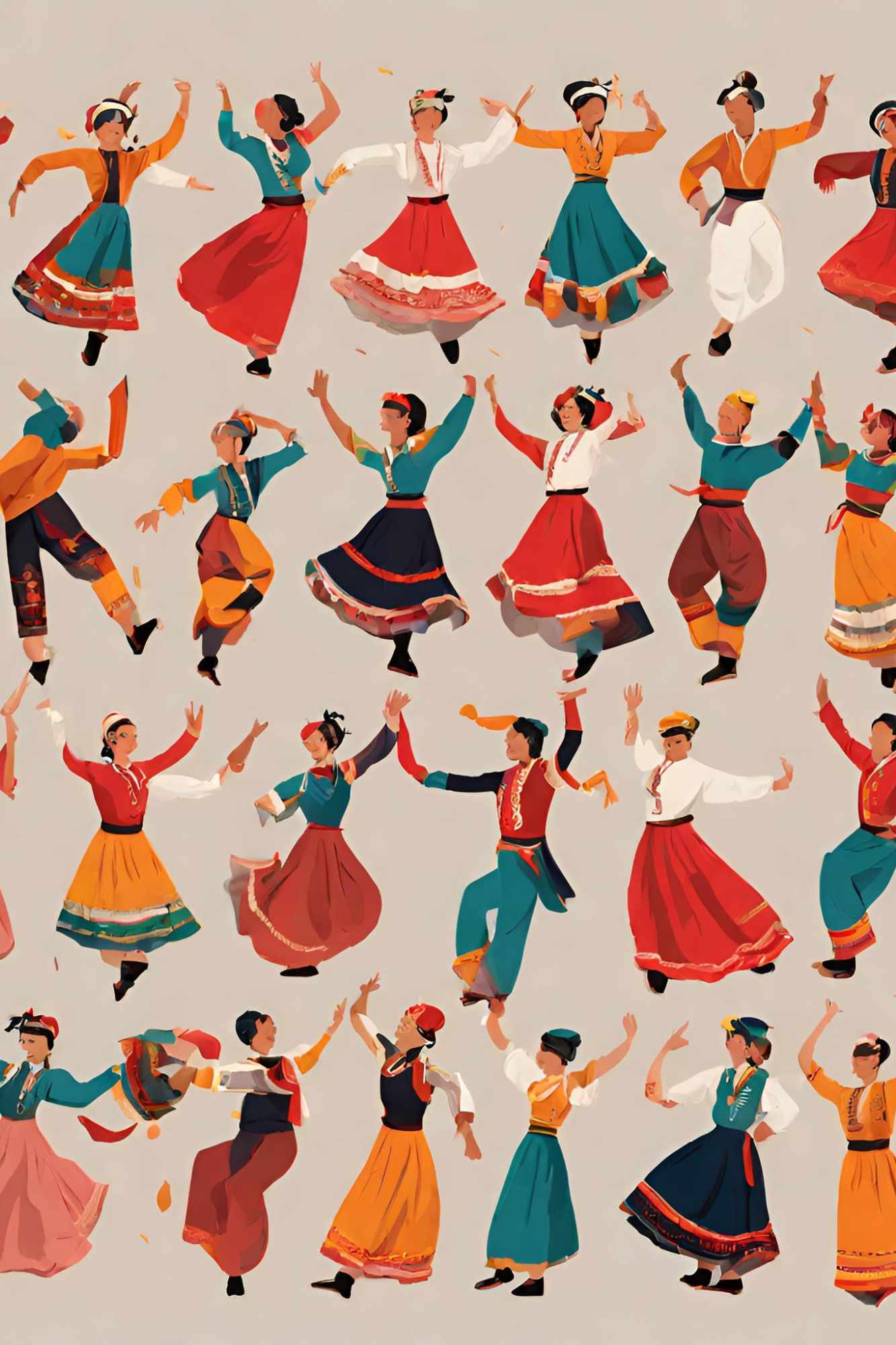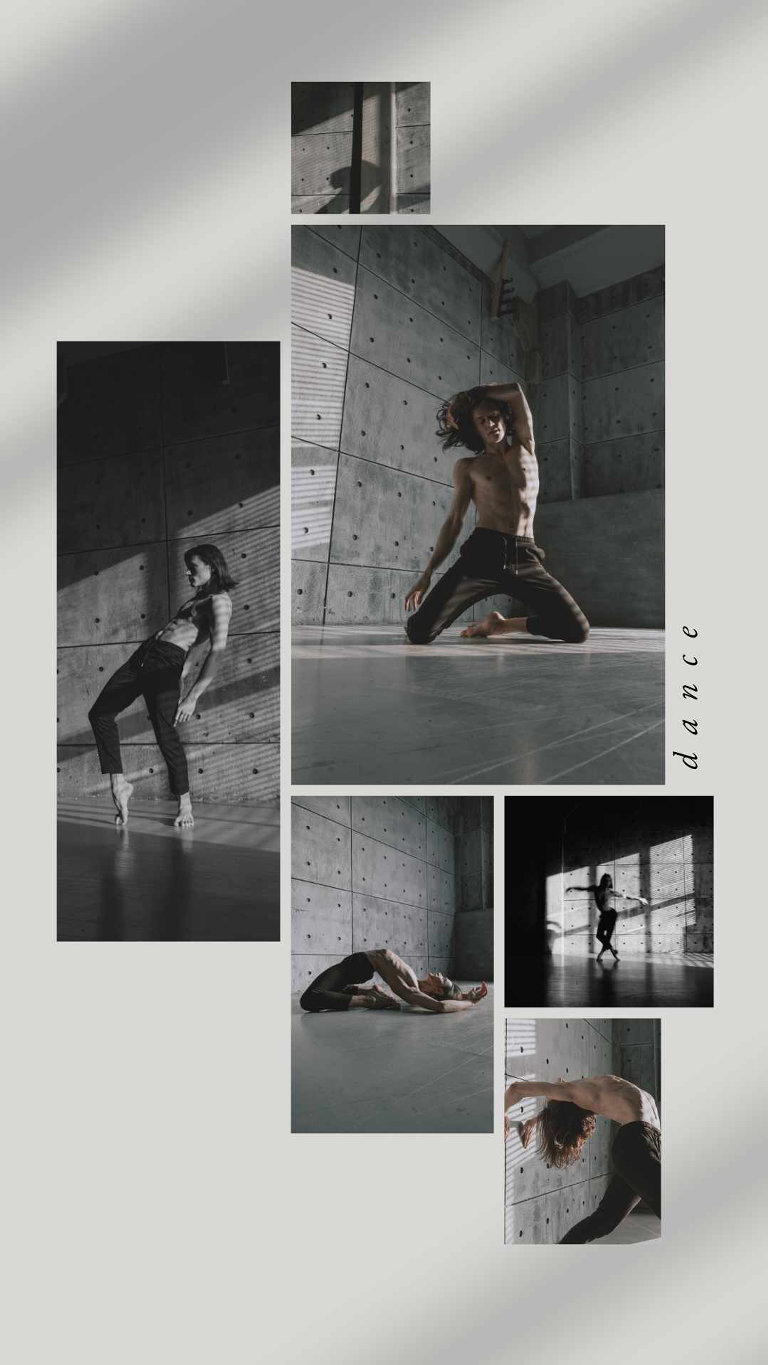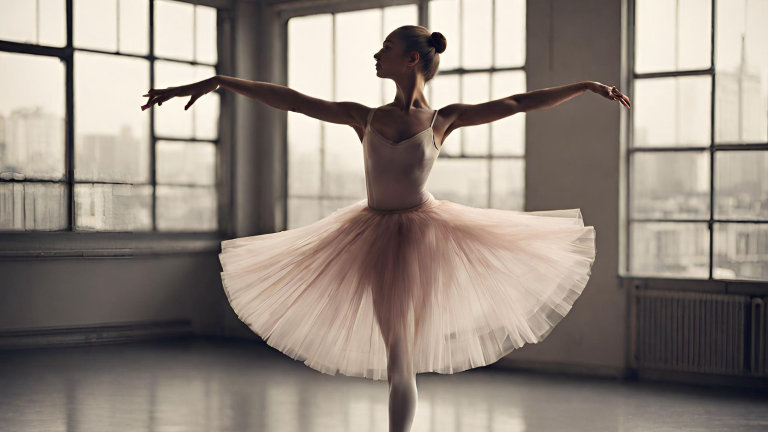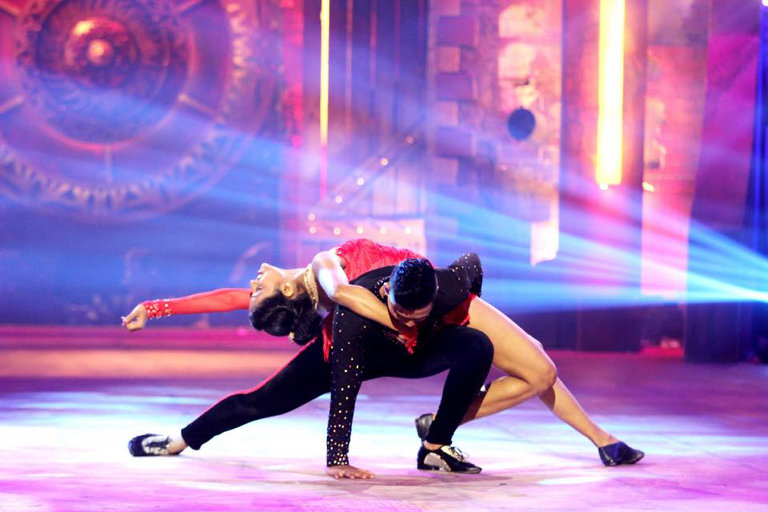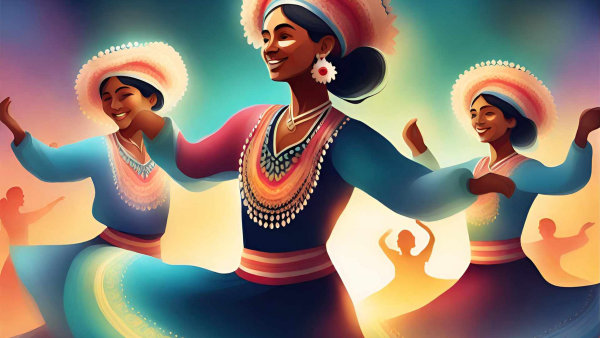
Imagine a whirlwind of vibrant costumes, rhythmic stomps, and expressive gestures, each movement telling a story as old as time itself. Welcome to the enthralling world of folk dance, where communities celebrate life, history, and identity through the power of movement. Let’s embark on a cultural odyssey, exploring how folk dances across the globe serve as vibrant expressions of their unique heritages.
A Celebration of Life’s Rhythms:
Hawaii’s Hula: Swaying hips and graceful hand gestures weave tales of creation, nature, and everyday life in Polynesian culture.
Europe’s Maypole Dance: Bursting with ribbons and joyous energy, this dance celebrates fertility and the changing seasons, symbolizing renewal and growth.
India’s Bhangra: Energetic footwork and joyous shouts mark this harvest festival dance, expressing gratitude for the bounty of the earth and fostering community spirit.
Rituals and the Spirit World:
China’s Lion Dance: Accompanied by booming drums and clashing cymbals, this dynamic dance, with acrobatic leaps and powerful movements, wards off evil spirits and brings good fortune.
Kenya’s Samburu Jumping Dance: Young warriors showcase their strength and agility in this high-jumping dance, seeking blessings for prosperity and protection, connecting them to the spirit world.
Spain’s Cachucha: This flamenco dance, born as a courtship ritual, evolved into a powerful expression of emotions. Its intricate footwork and dramatic flair captivate audiences with its fiery passion.
Storytelling Through Movement:
Brazil’s Capoeira: A blend of martial arts, dance, and acrobatics, Capoeira originated as a form of resistance among enslaved Africans. Its movements tell stories of resilience, cultural identity, and the fight for freedom.
Ireland’s Step Dance: Rapid footwork and precise movements paint stories of battles, celebrations, and everyday life in Irish culture, each step echoing the rich history and traditions of the Emerald Isle.
Japan’s Kabuki: This stylized theatrical dance, adorned with elaborate costumes and makeup, depicts historical legends, myths, and social themes. Its captivating storytelling transcends language barriers, offering a glimpse into Japan’s vibrant cultural tapestry.
Community and Connection:
North America’s Contra Dance: This lively square dance, with partners changing throughout, fosters social interaction and community spirit, reminding us of the joys of connection and shared experiences.
Global Circle Dances: Holding hands and moving in unison, circle dances transcend cultural boundaries, promoting unity, connection, and a sense of belonging. These dances remind us of our shared humanity and the power of collective expression.
Central Europe’s Polka: This joyous couple dance, with fast spins and lively steps, is a staple at social gatherings, bringing people together in celebration and shared merriment.
A Living Tapestry:
Folk dances are not merely relics of the past; they are living traditions that evolve with time. Influences from other cultures, changing social norms, and the creativity of new generations contribute to this ever-evolving tapestry, ensuring its continued relevance and vibrancy.
More Than Just Entertainment:
Preserving Heritage: Folk dances serve as living archives, transmitting stories, values, and traditions from generation to generation, ensuring cultural continuity and identity.
Understanding Through Dance: By appreciating the diversity of folk dances, we gain a deeper understanding of different cultures and perspectives, fostering empathy and global citizenship.
Community Engagement: Participating in folk dances fosters a sense of belonging, identity, and social connection, reminding us of the importance of community and shared experiences.
So, put on your dancing shoes, embrace the rhythm, and explore the world, one folk dance at a time! Remember, every step tells a story, waiting to be discovered and celebrated.

